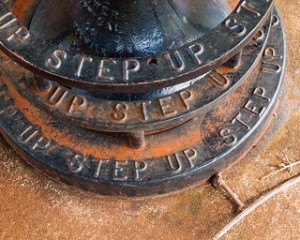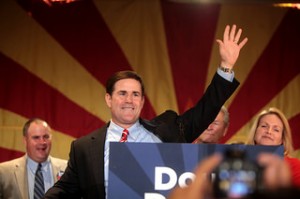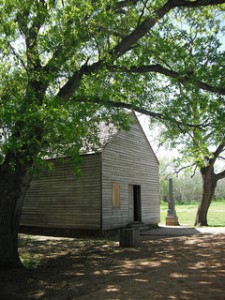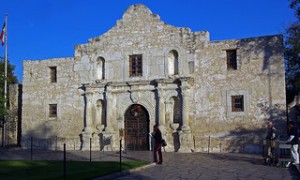 As I have mentioned before, I am involved in a men’s biblical study at my church. It is the book “Stepping Up” by Dennis Rainey. Its good stuff and I suggest it, if anyone is looking for something. One of the things I like about it, is it could be adapted to anyone in any walk of life, including young men. Last night we had some discussion on a mission for our lives, this turned into a discussion that maybe we should write a mission statement for our lives. On the drive home, it occurred to me, that maybe to be a leader, you needed to have a mission statement. More on that in a bit . . .
As I have mentioned before, I am involved in a men’s biblical study at my church. It is the book “Stepping Up” by Dennis Rainey. Its good stuff and I suggest it, if anyone is looking for something. One of the things I like about it, is it could be adapted to anyone in any walk of life, including young men. Last night we had some discussion on a mission for our lives, this turned into a discussion that maybe we should write a mission statement for our lives. On the drive home, it occurred to me, that maybe to be a leader, you needed to have a mission statement. More on that in a bit . . .
Where I developed the vast majority of my leadership skills and techniques, our missions were given to us. We were never really privy to how they were selected, or who selected them. However it was up to the team members to develop the plan for achieving a successful mission. Now we always had some operating parameters that we had to deal with, “rules for the playground” we called them, but rules nonetheless. So our typical mission briefing was — Here is the objective, Here are the support options, How do we get this done? Then there was typically an hour of how, what, why and when questions. My point is only that the goal was ever revealed to us in that setting.
Click here to read the rest of the article »












